Last updated on October 13th, 2023 at 06:38 am
There are many poisonous plants in the world, but two of the most deadly are black nightshade and deadly nightshade. While they may look similar, there are some key differences between these two plants that can mean the difference between life and death. Let’s take a closer look at these two plants and see how they differ.
The most easily distinguishable differences between black nightshade and deadly nightshade include their size, where black nightshade is smaller, and their USDA zones, with black nightshade found in zones 3-11 and deadly nightshade in zones 4-8. Both plants are poisonous, but deadly nightshade is more toxic.
Table of Contents
Black Nightshade identification
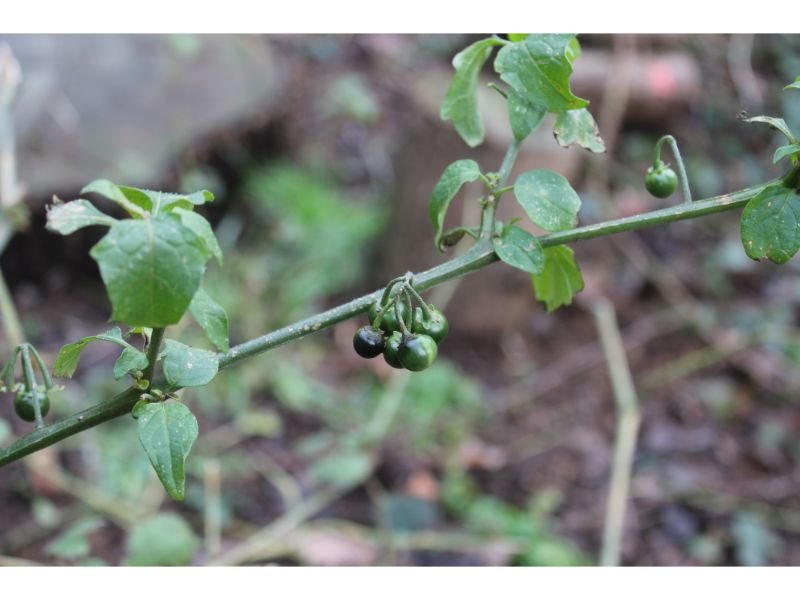
Black nightshade (Solanum nigrum) is a common weed that can be found in gardens and fields across the country. Despite its name, black nightshade is not actually related to the true nightshade plants (Solanaceae).
However, it can be a nuisance plant, as it can quickly spread and crowd out other plants. Black nightshade is a small, erect plant that typically grows to about two feet tall. It has dark green leaves that are slightly hairy and small white or pale green flowers.
The berries of the black nightshade are black when ripe, and they contain small seeds. If you think you may have black nightshade in your garden, pull up a few plants and take a closer look. With a little practice, you should be able to identify this weed with ease.
Deadly nightshade plant identification.
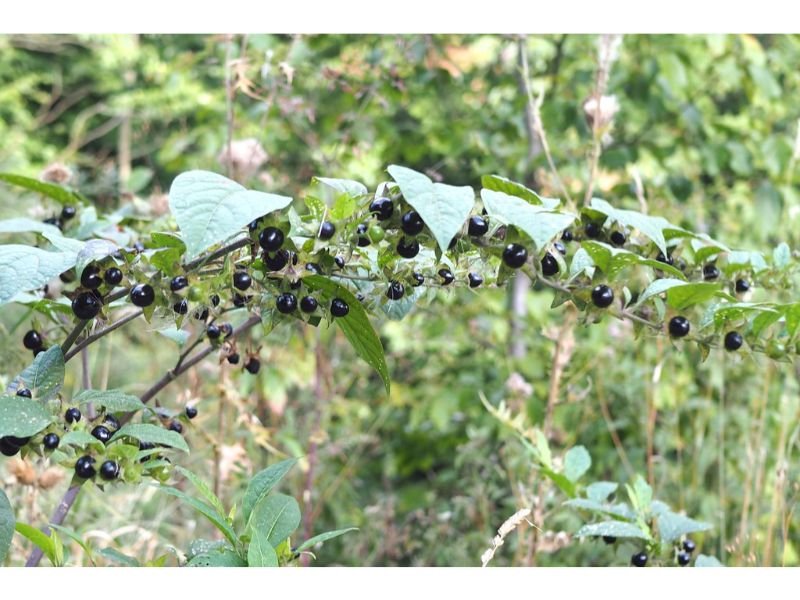
The deadly nightshade plant is a member of the Solanaceae family, which also includes tomatoes, potatoes, and eggplants. This perennial herb can be found in Europe, North America, and parts of Africa and Asia.
Deadly nightshade plants are easily distinguished by their small, blackberries and dark green leaves. The berries are the most dangerous part of the plant, as they contain atropine and scopolamine – two powerful toxins that can cause vomiting, diarrhea, and even death if ingested in large quantities.
Although all parts of the deadly nightshade plant are poisonous, berries are the most lethal. As such, it is important to be able to identify this plant if you come across it in the wild.
What are the differences between black nightshade vs deadly nightshade?
Different in characteristics
Black nightshade (Solanum nigrum) and Deadly nightshade (Atropa belladonna) are both flowering plants in the Solanaceae family, which also includes potatoes, tomatoes, and peppers.
They are often confused with each other because they have similar-sounding names and look quite alike. Both plants have dark berries with purple/black hues, but there are some key differences between them.
Black nightshade flowers are small (about 1 cm across), while Deadly nightshade flowers are larger (up to 5 cm across). The leaves of Black nightshade are also smaller than those of Deadly nightshade.
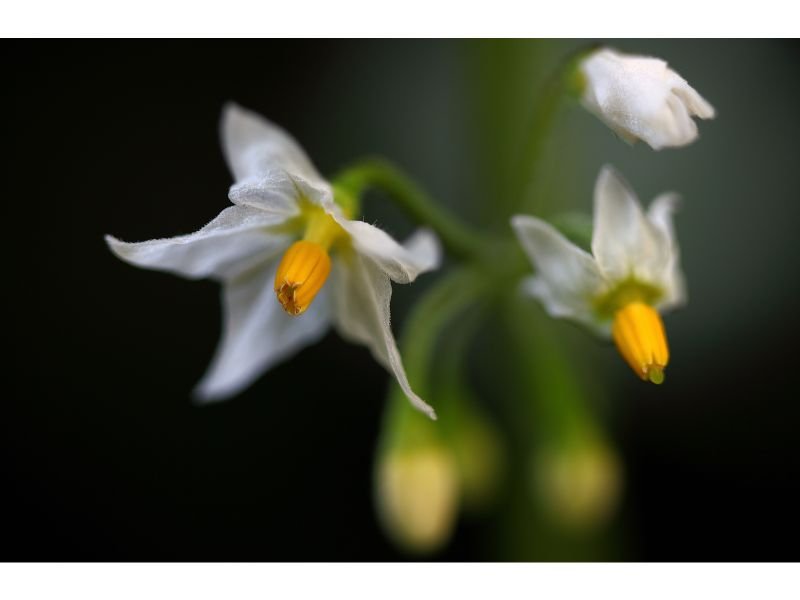
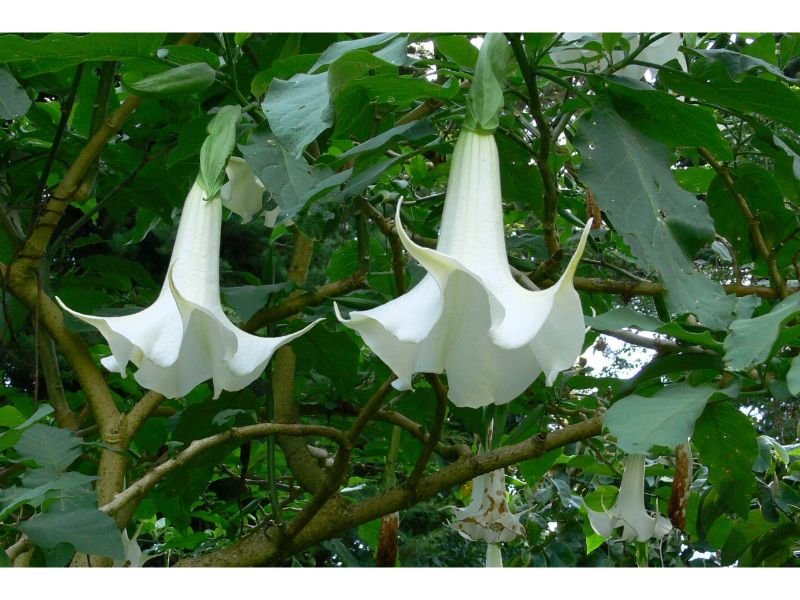
Black nightshade is a herbaceous annual that grows to about two feet in height. Its leaves are ovate-shaped and its flowers are white or pale purple.
Deadly nightshade, on the other hand, is a perennial herb that can grow to be three feet tall. Its leaves are elliptical-shaped and its flowers are bell-shaped and blackish-purple in color.
Another way to tell these two plants apart is by their berries. Black nightshade berries are black when ripe, while Deadly nightshade berries are deep red. Both plants are poisonous, but the Deadly nightshade is more toxic than the Black nightshade.
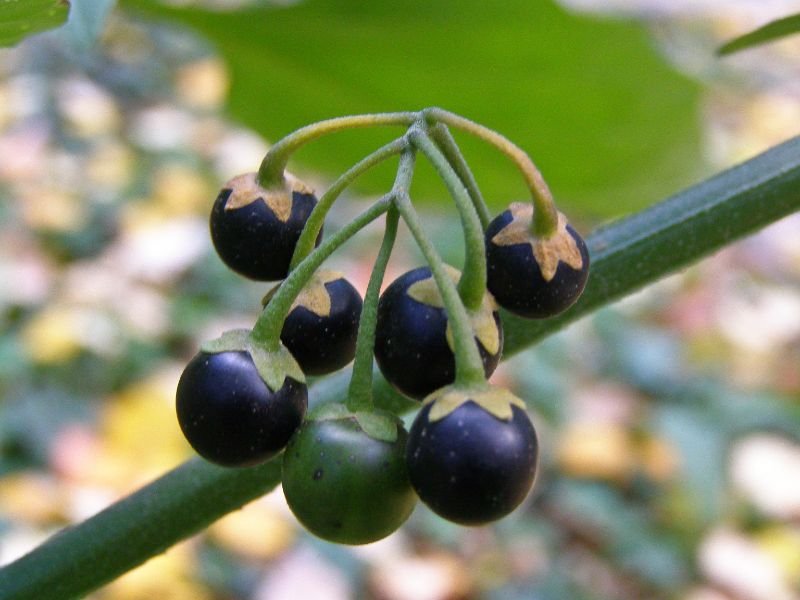

If you’re ever not sure which plant you’re looking at, it’s best to err on the side of caution and stay away from it.
Height Differences
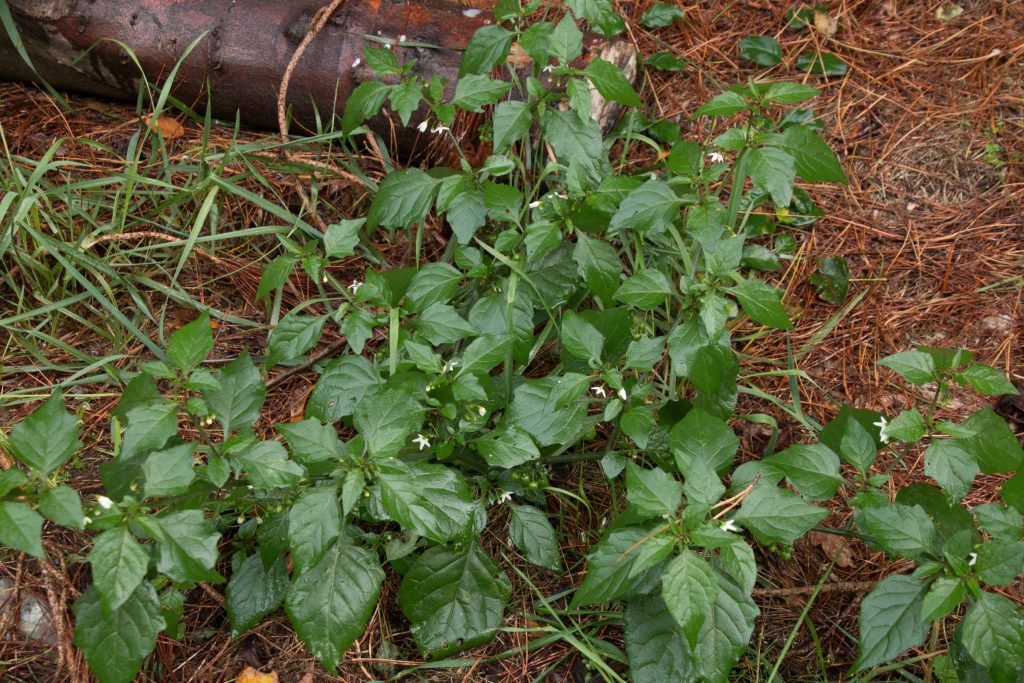

Black nightshade and deadly nightshade are two closely related plants that can be easily confused. Black nightshade is a common weed that is found in gardens and fields, while deadly nightshade is a highly poisonous plant that is seldom seen in cultivation.
The easiest way to tell the two apart is by their height. Black nightshade typically grows to between 6 and 18 inches tall, while deadly nightshade typically only reaches a height of 12 inches.
Toxicity Levels: How Do They Compare?
Comparing the toxicity levels of Black nightshades and Deadly nightshades sheds light on the potential health hazards they pose.
Black Nightshade:
- Toxicity: Contains solanine and glycoalkaloids, mildly toxic.
- Risks: Consumption in large quantities can cause gastrointestinal upset.
Deadly Nightshade:
- Toxicity: Contains highly toxic alkaloids like atropine and scopolamine.
- Risks: Even a small amount can lead to severe health issues, including fatalities.
Different USDA Zones
Black nightshade is found in USDA zones 3-11, while deadly nightshade is found in USDA zones 4-8. Gardeners should exercise caution when handling either plant and keep them out of reach of children and pets.
Final Thoughts
Black nightshade and deadly nightshade are two plants that are often confused with one another. Both plants are members of the Solanaceae family and have similar appearances.
Although both plants are poisonous, black nightshade is less toxic than deadly nightshade. Black nightshade can cause gastrointestinal upset if consumed in large quantities, but it is not typically fatal. Deadly nightshade, on the other hand, is highly toxic and can be fatal if ingested.

Gardening is my passion and growing plants indoors has always been a stress relief for me. Grow a banana tree in my apartment once (although failed to produce bananas).






